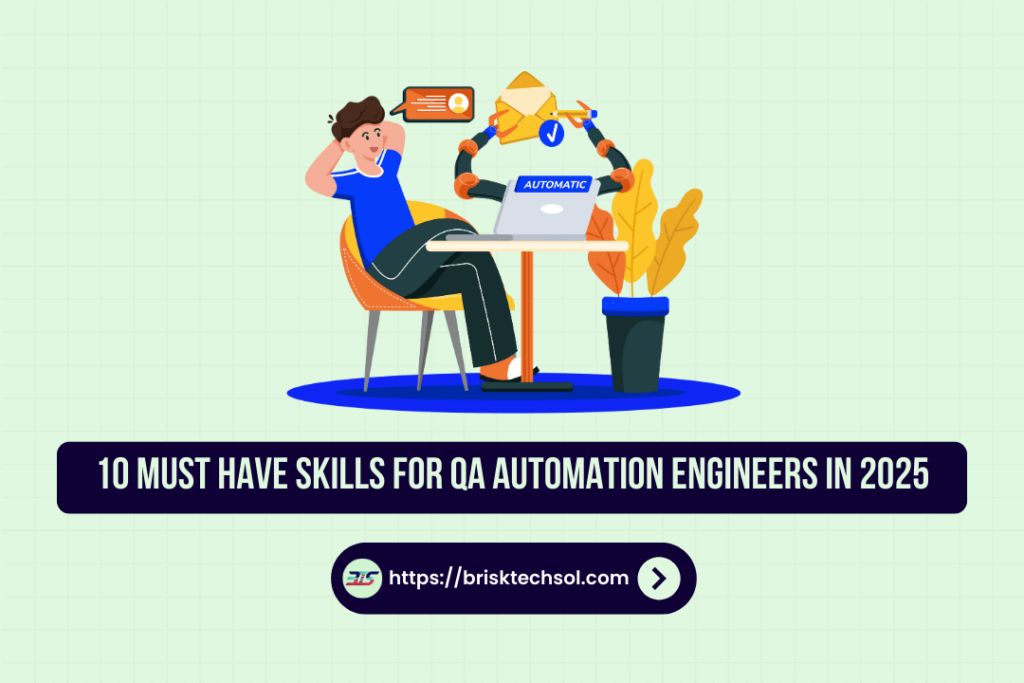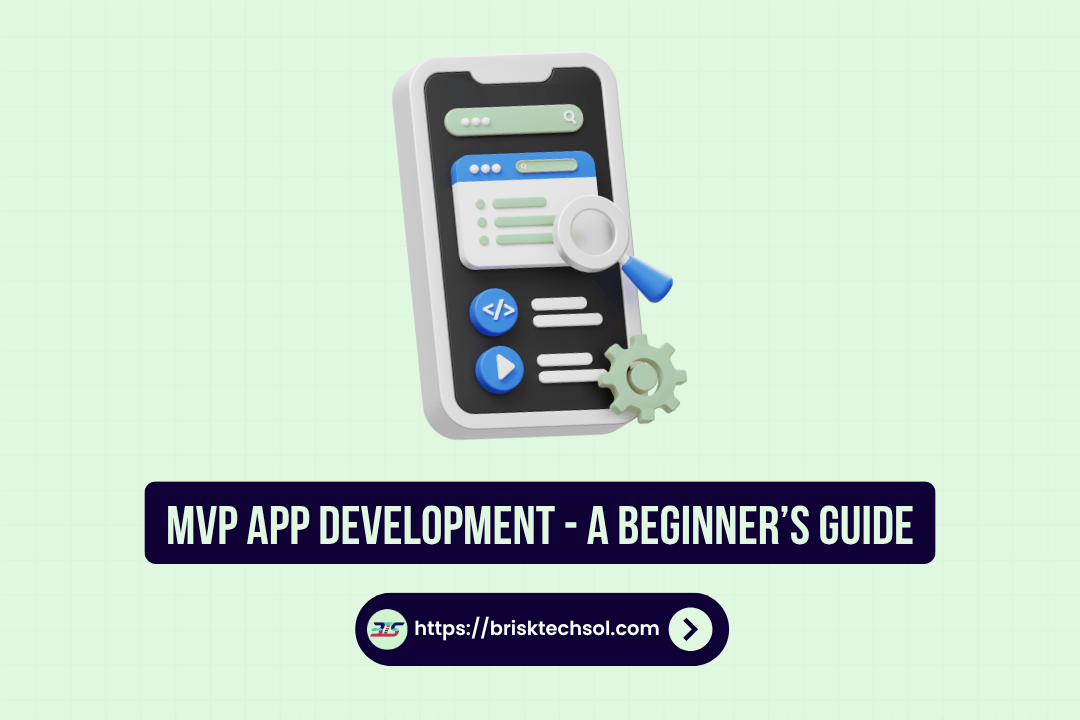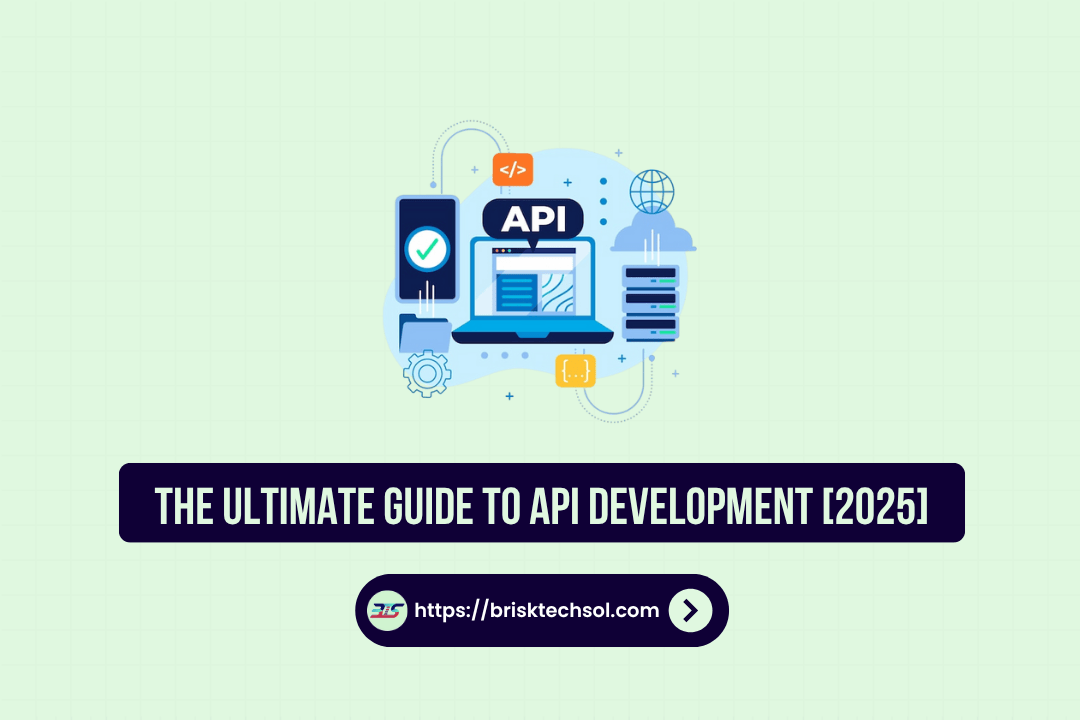Software development is growing increasingly complex, and the demand for skilled QA automation engineers is higher than ever. Companies rely on quality assurance to deliver flawless products, and with emerging technologies, there’s no time to stand still. This guide will walk you through the essential skills every QA automation engineer must develop. Each section includes detailed explanations, live examples help you understand how these skills can transform your career.
1. What Programming Languages Should a QA Automation Engineer Know?
Having a strong foundation in programming is crucial for writing test scripts and automating test cases. Here are the languages in high demand:
- Python – Easy to learn, abundant libraries, and widely used in automation frameworks.
- Java – A favorite for Selenium and Appium automation, offering strongness.
- JavaScript – Essential for frontend test automation using modern tools like Cypress.
- C# – Often used in enterprise-level test automation with Selenium.
- Ruby – Popular in frameworks like Watir, especially for web automation.
Example: Automating a Login Test with Python & Selenium
Imagine testing an e-commerce website where users log in. The script below demonstrates how Python with Selenium can automate this process:
python
from selenium import webdriver
from selenium.webdriver.common.by import By
driver = webdriver.Chrome()
driver.get(“https://example.com/login”)
driver.find_element(By.NAME, “username”).send_keys(“test_user”)
driver.find_element(By.NAME, “password”).send_keys(“password123”)
driver.find_element(By.NAME, “login”).click()
driver.quit()
This straightforward script saves manual testing time and minimizes human error.
2. Why is Mastering Automation Testing Tools Important?
Being proficient in automation tools is key to ensuring your test scripts are strong and maintainable. The tools you choose should align with your testing needs:
- Selenium – The industry standard for web application testing.
- appium – Essential for mobile app testing on both Android and iOS platforms.
- Cypress – A modern framework known for its speed and reliability in frontend testing.
- TestComplete – Versatile for desktop, web, and mobile automation.
- Playwright – A newer, powerful tool designed for cross-browser testing.
Example: Automating a Test Case with Cypress
If you’re testing a web application, use Cypress to check if a button appears on a page:
javascript
describe(‘Check Button Visibility’, () => {
it(‘should display the submit button’, () => {
cy.visit(‘https://example.com’);
cy.get(‘#submit-button’).should(‘be.visible’);
});
});
This example confirms that interactive elements work as expected, ensuring a smooth user experience.
3. How Important is Understanding CI/CD in QA Automation?
Continuous Integration and Continuous Deployment (CI/CD) practices ensure that your tests are run automatically with every code change. Understanding CI/CD is crucial for rapid and reliable software delivery:
- Jenkins – Automates test execution as part of CI/CD pipelines.
- GitHub Actions – Integrates directly with your code repository for automated testing.
- GitLab CI/CD – Offers strong features for seamless integration and deployment.
- Azure DevOps – Favored for enterprise-level CI/CD workflows.
- CircleCI & TravisCI – Provide cloud-based solutions to run your test suites.
Example: Running Tests Automatically with Jenkins
Imagine a scenario where your development team commits new code every day. With Jenkins, you can set up a pipeline that automatically runs tests on every commit, ensuring that defects are caught early:
- Commit: Developer pushes new code.
- Trigger: Jenkins detects the push and runs the test suite.
- Feedback: Results are reported back to the team immediately.
This streamlined process reduces manual intervention and speeds up the release cycle.
4. Do QA Engineers Need to Learn API Testing?
Absolutely! APIs are the backbone of modern applications, and ensuring their reliability is paramount. Here are some essential tools for API testing:
- Postman – A user-friendly platform for both manual and automated API testing.
- RestAssured – A Java library for efficient REST API testing.
- SoapUI – Ideal for SOAP and REST API testing, especially in enterprise settings.
- Karate DSL – Offers powerful API automation with built-in assertions.
- Pact – Facilitates contract testing for microservices architectures.
Example: Testing an API with Postman
Consider an API that returns a list of users. You can use Postman to send a GET request to verify its functionality:
sql
GET https://api.example.com/users
Headers: Authorization: Bearer token123
This method quickly validates the API response, ensuring the backend is working as intended.
5. What is the Role of Performance Testing in QA Automation?
Performance testing ensures your application can handle real-world traffic and user loads. This skill helps you identify bottlenecks and optimize performance:
- JMeter – Widely used for load, stress, and performance testing.
- Gatling – Effective for simulating real-time load and user interactions.
- Locust – A Python-based tool that’s scalable and flexible.
- k6 – A modern, cloud-native tool for performance testing.
- BlazeMeter – A cloud-based platform that extends JMeter’s capabilities.
Example: Running a Load Test with JMeter
Imagine simulating 100 users accessing your website simultaneously. With JMeter, you can create a test plan that sends parallel requests, measuring response times and server behavior. A simple JMeter script might look like this:
- Configure a Thread Group: Set the number of users and loop count.
- Add HTTP Requests: Simulate user actions like logging in, browsing, etc.
- Run the Test: Monitor the performance metrics provided by JMeter.
This live testing helps you ensure that your application remains responsive even under high load.
6. Why Should QA Engineers Learn Security Testing?
Security testing is critical to protect your applications from vulnerabilities. With cyber threats on the rise, knowing how to test for security issues is a vital skill:
- OWASP ZAP – An open-source tool for finding security vulnerabilities.
- Burp Suite – Popular for comprehensive penetration testing and API security.
- SQLMap – Detects and exploits SQL injection vulnerabilities.
- Nmap – Used for network scanning and vulnerability assessment.
- Metasploit – A framework that helps simulate real-world attacks.
Example: Detecting SQL Injection with SQLMap
Consider a login form that might be vulnerable to SQL injection. Using SQLMap, you can test the endpoint as follows:
- Run SQLMap: Point it at the login URL.
- Analyze Results: Identify if the system is vulnerable to injection attacks. This proactive approach helps in patching vulnerabilities before malicious users exploit them.
7. How Does AI and Machine Learning Impact QA Automation?
AI and machine learning are revolutionizing QA automation by reducing manual maintenance and enhancing test accuracy. These technologies can adapt to changes in the application and improve test reliability:
- Testim – Uses AI to create self-healing test cases that adjust automatically to UI changes.
- Mabl – Uses machine learning for intelligent test automation and analytics.
- Applitools – Provides AI-driven visual testing to ensure consistent UI experiences.
- Functionize – Uses machine learning to optimize test suites and detect anomalies.
Example: Self-Healing Test Cases with Testim
Imagine a scenario where a minor UI change causes test failures. Testim’s AI can recognize these changes and automatically adjust the test, saving hours of manual script updates. This reduces maintenance and allows your team to focus on more critical tasks.
8. What Soft Skills are Necessary for QA Engineers?
While technical skills are essential, soft skills are equally important for a successful QA career. These skills enable you to communicate effectively and collaborate with your team:
- Critical Thinking: Analyze complex problems and identify potential issues before they occur.
- Problem-Solving: Develop innovative solutions when test cases fail or bugs arise.
- Communication: Clearly articulate issues and collaborate with developers and stakeholders.
- Adaptability: Embrace new tools, methodologies, and industry trends.
- Attention to Detail: Ensure that every aspect of the application is thoroughly tested.
Real-World Scenario: A Team Collaboration Example
Imagine working in an agile environment where you’re part of daily stand-up meetings. Your ability to communicate test findings clearly can mean the difference between a project delivered on time and one that struggles with unresolved bugs. These soft skills foster a positive work culture and drive project success.
9. How Important is Cloud Testing in 2025?
With the increasing reliance on cloud-based applications, QA engineers need to master cloud testing to ensure software quality across diverse environments. Cloud testing provides scalability and access to a range of devices and operating systems:
- AWS Device Farm: Test mobile and web applications on real devices in the cloud.
- Sauce Labs: Cloud-based testing for cross-browser and mobile app testing.
- BrowserStack: Offers extensive cross-browser testing without needing local infrastructure.
- LambdaTest: Scalable cloud testing platform with strong performance.
- Google Cloud Test Lab: Provides access to real devices for testing Android applications.
Example: Testing on the Cloud with AWS Device Farm
Imagine you need to test a mobile application across multiple devices and OS versions. With AWS Device Farm, you can upload your app, select a range of devices, and automatically run your test suites, ensuring your app performs well in real-world conditions.
10. Why is Learning Containerization and Virtualization Essential?
Containerization and virtualization technologies have transformed how environments are set up and managed. For QA engineers, this means more consistent testing environments and easier integration with CI/CD pipelines:
- Docker: Create isolated environments that replicate production settings.
- Kubernetes: Orchestrate containers at scale for complex test environments.
- VirtualBox: Set up virtual machines for testing different operating systems.
- Vagrant: Automate the creation and configuration of lightweight, reproducible environments.
Example: Running Tests in a Docker Container
Consider a scenario where you need a consistent testing environment for your application. You can create a Docker container with all dependencies pre-installed. A basic Dockerfile might look like this:
dockerfile
FROM python:3.9-slim
WORKDIR /app
COPY requirements.txt .
RUN pip install -r requirements.txt
COPY . .
CMD [“pytest”]
This container ensures that tests run in the same environment every time, reducing the risk of “it works on my machine” issues.
Conclusion
Master these 10 must-have skills, and you’ll be ready for anything. Whether it’s writing solid code, making the most of automation tools, or keeping up with AI and cloud tech, the key is to keep learning. Nail these skills, and you won’t just be a great QA automation expert you’ll be the one everyone relies on!
FAQ’S
1. What is the best programming language for QA automation?
There is no single best language. Python, Java, and JavaScript are popular due to their extensive libraries and community support. The choice depends on your project’s requirements.
2. How can I start learning QA automation?
Begin with manual testing basics, then transition to automation tools like Selenium or Cypress. Consider taking online courses and engaging in hands-on projects to build practical experience.
3. Do I need coding skills for QA automation?
Yes, coding skills are essential to write and maintain test scripts. Even a basic understanding can help you debug issues and create more effective tests.
4. How does AI impact QA automation?
AI-powered tools can adapt to UI changes, reduce maintenance efforts, and improve test accuracy through self-healing and predictive analytics.
5. What are the top automation testing tools for 2025?
Leading tools include Selenium, Cypress, Playwright, TestComplete, and Appium, with AI-driven solutions gaining popularity for their efficiency and adaptability.









